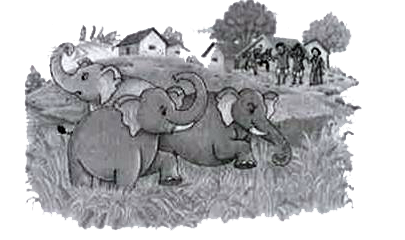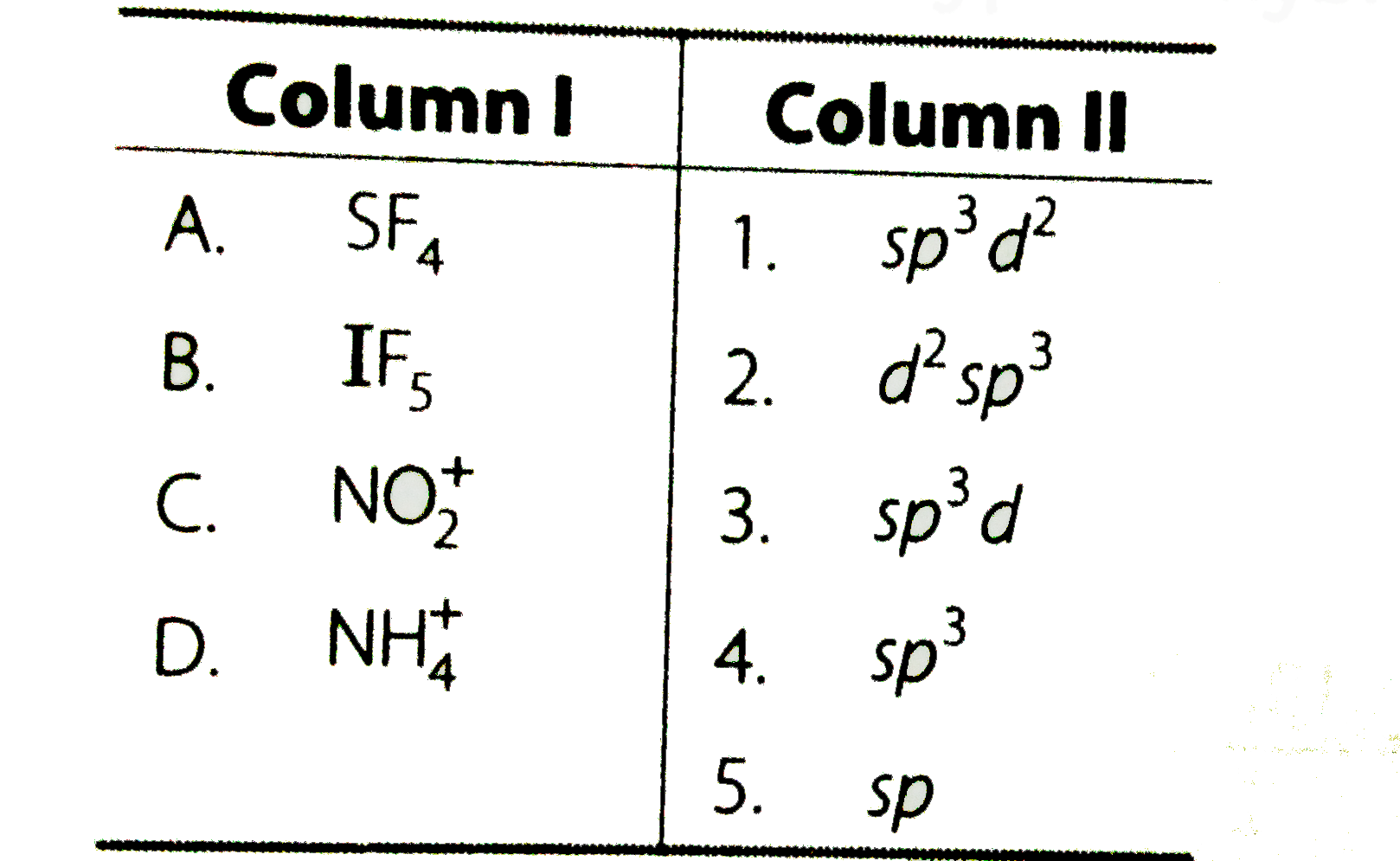match the species with type of wood
(a) tectona grandis € softwood
(b) cedrus deodara (f) hardwood ltbgt shorea robusta
(d) Dallbergia sisso
a-e,b-f,c-f,d-e
a-e,b-e,c-f,d-f
a-f,b-e,c-f,d-f
a-f,b-e,c-e,d-f
The correct Answer is:c
Topper's Solved these Questions
- ANATOMY OF PLANT PARTSBook:DINESH PUBLICATIONChapter:ANATOMY OF PLANT PARTSExercise:CHECK YOUR GRASP
Explore 10 Videos
- ANATOMY OF PLANT PARTSBook:DINESH PUBLICATIONChapter:ANATOMY OF PLANT PARTSExercise:BRAIN TEASERA -II
Explore 35 Videos
- AMPHIBIA-VERTEBRATES WITH DUAL LIFE Book:DINESH PUBLICATIONChapter:AMPHIBIA-VERTEBRATES WITH DUAL LIFE Exercise:check your grasp
Explore 10 Videos
- ANIMAL TYPES Book:DINESH PUBLICATIONChapter:ANIMAL TYPES Exercise:CHECK YOUR GRASP
Explore 15 Videos
Similar Questions
match the species with type of wood
(a) tectona grandis (E) softwood
(b) cedrus deodara (f) hardwood (C) shorea robusta
(d) Dallbergia sisso
View SolutionMatch the frequency band with the type of use Frequency Band Type of use
(a) LF(e) Radio Broad casting(b) HF(f) Marine and navigational aid(c) VHF(g) Satellite communication(d) SHF (h) TV Broad casting
View Solution
Knowledge Check
Match the items in column I with column II
Column-I Column-II
(i) Tropical Rain forest (a) Shorea robusta
(ii) Tropical deciduous forest (b) Quercus
(iii) Temperate broad- forest (c) Cedrus deodara
Temperate needle-leaf forest (d) Diptero carpusA(i) - d, (ii) - a, (iii) - c, (iv) - bB(i) - d, (ii) - a, (iii) - b, (iv) - cC(i) - a, (ii) - b, (iii) - c, (iv) - dD(i) - b, (ii) - c, (iii) - a, (iv) - d
It's only easy having Elephants in your backyards.
Around the world, as communities expand, and natural wild places are reduced, people and wildlife are increasingly coming into conflict over living space and food.
It might be baboons in Namibia attacking young goats or elephants in Nepal eating crops or European bears and wolves killing livestock. The problem is universal, affects rich and poor, and is bad news for all concerned.
The impacts are often huge. People lose their crops and livestock (and therefore a source of income and food security), property, and sometimes their lives- even a severe injury caused by wildlife can result in a loss of livelihood. The animals, some of which are already threatened or even endangered, are sometimes killed in retaliation or to prevent future conflicts.

Human-wildlife conflict is happening more and more, affecting a lot of different species. The effects of climate change will probably make the problem worse.
How we are tackling human-wildlife conflict
The solutions are often specific to the wildlife or area concerned, and are often creative and simple - for instance planting a barrier of crops that repel the animals (elements and some other wildlife don't like chilli, for example).
An important aspect of the work is that it benefits both the animals and local people and actively involves the communities concerned (in the case of chilli, it can be sold to increase income). It's about finding solutions that lead to mutually beneficial coexistence.
The work has also often led to people being more enthusiastic and supportive of conservation, and has demonstrated that people can live alongside wildlife while developing sustainable livelihoods.
(Source: https://www.org.uk/what-we-do/area-of-work/ preventing-human-wildlife-conflict)
These types of creative and simple solutions lead to -
(Tick the statement(s) which is/are not true.)
(a) active community involvement
(b) generate income naturally.
(c ) mutually beneficial coexistence
(d) people live with wildlife happily
(e) be more enthusiastic and supportive of conservation
(f) developing sustainable livelihood.
View SolutionMatch the species in Column I with the type of hybrid orbitals in Column II.

View SolutionMatching block type
LIST - I
(a) Two rotating discs are brought in contact coaxially
(b) Contact force on a body placed in on rough surface
(c ) To continue a motion is easier than to initiate the motion
(d) For a Static friction less than limiting friction
LIST - II
(e ) Generated friction is equal to appliedexternal force in magnitude
(f) Loss of Rotational KE is transformed partly to heat
(g) The resultant of normal reaction and friction
(h) Kinetic friction is less than static friction
View SolutionIdentify which of the following terms matches with the appropriate descriptions 1 to 5
A: Hydracid (B) Monobasic acid (C ) Less volatile acid ( D) Weak acid (E ) Tribasic acid (F ) Dibasic acid (G ) More volatile acid
1. An acid having basicity 1 and having only one replacement hydrogen ion per molecular of the acid.
2. An acid which dissociates to give a low concentration of H+ ions
3. An acid containing hydrogen and a non-metallic element other than oxygen.
4. The type of acid which generally displaces another acid when the acid is heated with a salt
5. The type of acid which reacts with a base to give an acid salt and a normal salt
View SolutionMatch the items of colum I with items of column II.
Columnm IColumn II(a)Metanol(I)Conversion of phenol to o-hydroxybezoic acid(b)Kolbe's reactions(II)Ethyl alcohol(c)Williamso's synthesis(III)Conversion of phenol to salicyladehyde(d)Conversion of2∘alcohol to ketone(IV)Wood spirit(e)Reimer-Tiemann reaction(V)Heated copper at573(f)Fermentation(VI)Reaction of alkyl halide with sodium alkoxide
View SolutionMatch the items of colum I with items of column II.
Columnm IColumn II(a)Metanol(I)Conversion of phenol to o-hydroxybezoic acid(b)Kolbe's reactions(II)Ethyl alcohol(c)Williamso's synthesis(III)Conversion of phenol to salicyladehyde(d)Conversion of2∘alcohol to ketone(IV)Wood spirit(e)Reimer-Tiemann reaction(V)Heated copper at573(f)Fermentation(VI)Reaction of alkyl halide with sodium alkoxide
View SolutionMatch the following :Measures of Triangle Type of Triangle(i) 3 sides of equal length (a) Scalene(ii) 2 sides of equal length (b) Isosceles right angled(iii) All sides are of different length (c) Obtuse angled(iv) 3 acute angles (d) Right angled(v) 1 right angle (e) Equilateral(vi) 1 obtuse angle (f) Acute angled(vii) 1 right angle with two sides of equal length (g) Isosceles
View Solution
